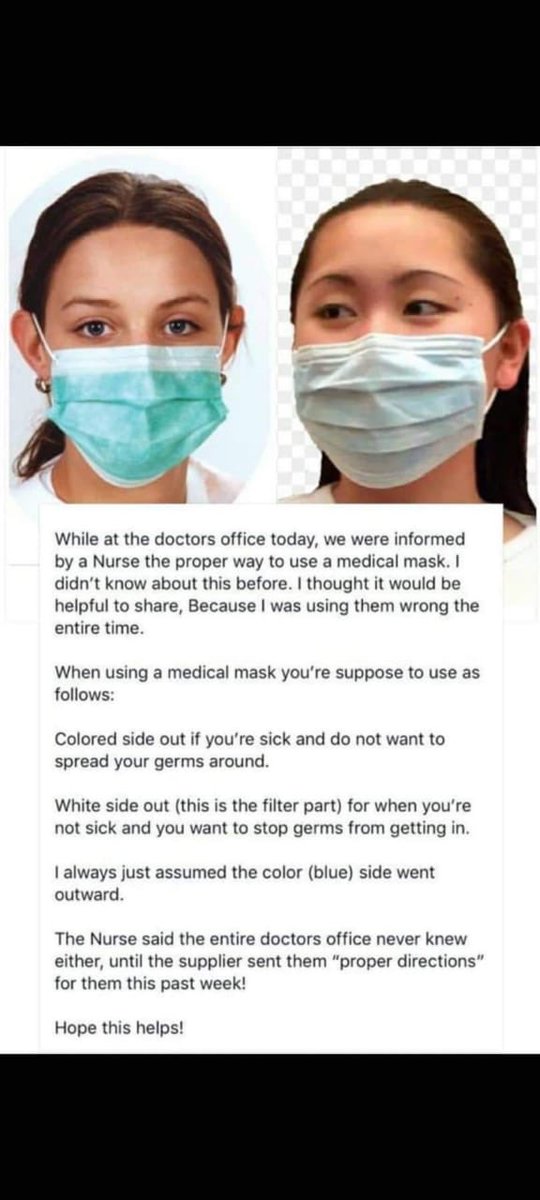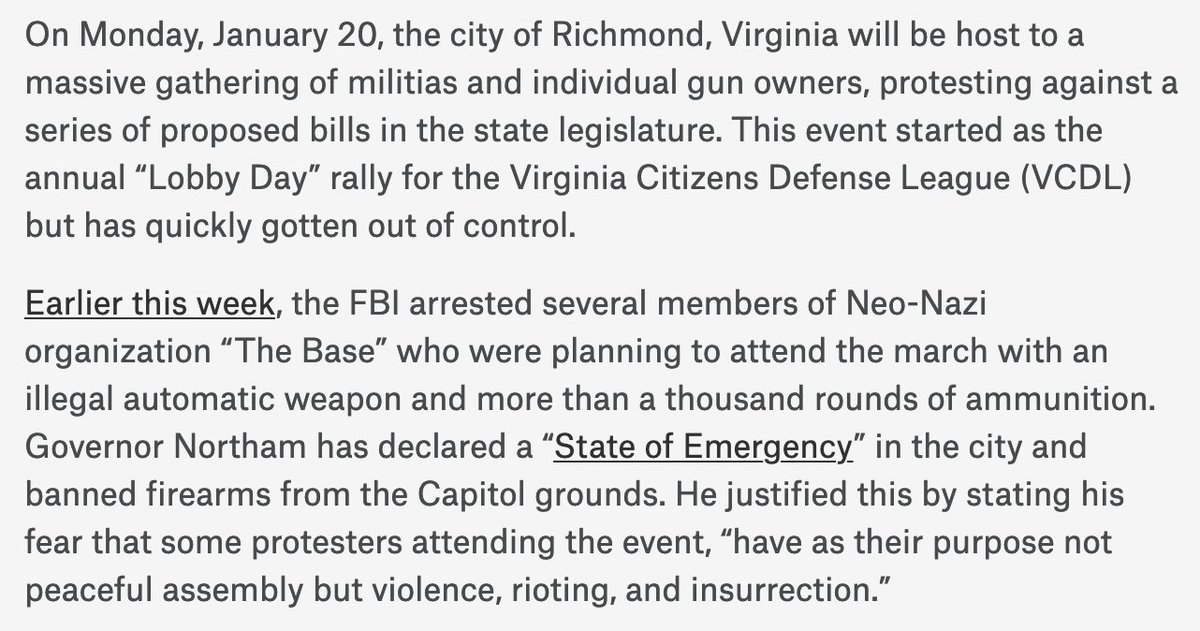I have been asked in a few DMs about how to assess individual risk with #COVID19, and while I talked about it in a previous thread (
), here’s my attempt to explain it further:
So how am I using this information?
Keep Current with Dana M. Lewis | #OpenAPS 🤖
This Thread may be Removed Anytime!
Twitter may remove this content at anytime, convert it as a PDF, save and print for later use!

1) Follow Thread Reader App on Twitter so you can easily mention us!
2) Go to a Twitter thread (series of Tweets by the same owner) and mention us with a keyword "unroll"
@threadreaderapp unroll
You can practice here first or read more on our help page!


